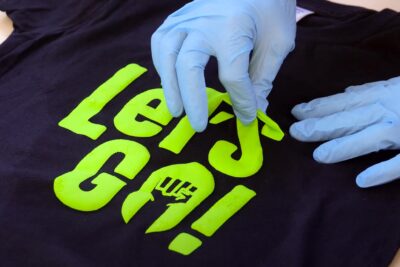
3 Most Common Heat Transfer Vinyl Problems
3 Most Common Heat Transfer Vinyl Problems
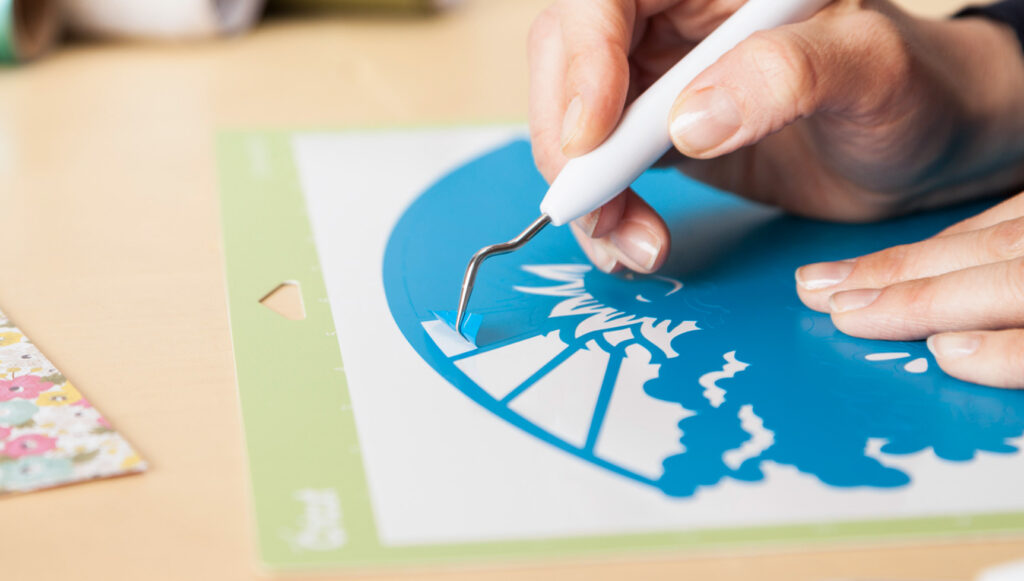
There is nothing more frustrating than HTV that doesn’t stick. Applying vinyl on T-shirts is simple but can still have minor issues. If you’re in the sign-making business, the transition to HTV cutting can be tricky at first. Or, if you are new to T-shirt personalisation using HTV, the learning curve can be slow.
In this post, we will talk about the most common problems of heat transfer vinyl and give you the solution to these difficulties. We have grouped these issues into three main groups: sticking problems, colour migration problems, and cutting or weeding problems.
Why isn’t my HTV sticking to the fabric?
One of the most common problems is that heat transfer vinyl can come off the garment where it’s supposed to stick. This can happen at the beginning of the application process or afterwards.
Sticking problems during application
Sometimes, after pressing the vinyl, the letters or the design that has just been transferred to the garment will come off when removing the liner. This usually happens due to a lack of pressure at the time of pressing. We usually adjust the time and temperature correctly but increase the pressing time if the HTV doesn’t stick. Instead, we should increase the pressure.
- The heat press works by adjusting the time, temperature, and pressure. Depending on the vinyl, you will need to apply more or less pressure. You should check the product’s datasheet and follow the instructions. If the HTV doesn’t stick to the garment, increase the pressure of your heat press.
- The presence of a coating on the fabric could also be the reason why vinyl doesn’t stick to the garment is the presence of a coating on the fabric, generally water-repellent or antimicrobial products. The water-repellent coating is usually found on tents or nylon rain jackets. Sometimes, you can remove this coating, but in other cases, we will have to accept that the surface can’t be customised using HTV.

Sticking problems after application
When the vinyl sticks initially but falls off afterwards, the problem is usually caused by incorrect application of several HTV layers or incorrect washing of the garment.
- When applying several layers, you should use HTV with similar characteristics. If the vinyl you’re using requires to be hot peeled, you can combine it with other HTV with the same requirements. It is the same with cold peel HTV. If you’re combining HTV with a metallic effect with another vinyl, you must place the HTV with a metallic effect on top.
- The same problem can occur if you’re not using the right HTV for the type of fabric you're personalising. For example, if you’re using general HTV onto elastic fabrics. For elastic fabrics, you should use a special HTV.
- Another factor to consider is washing conditions. Garments customised using HTV must be washed as delicate garments, inside out and in cold water. Some HTV can withstand high temperatures, but it’s always best to wash them in cold water. Wrinkles may appear on fine HTV when applied to cotton and washed in hot water. These creases can usually be removed by ironing.
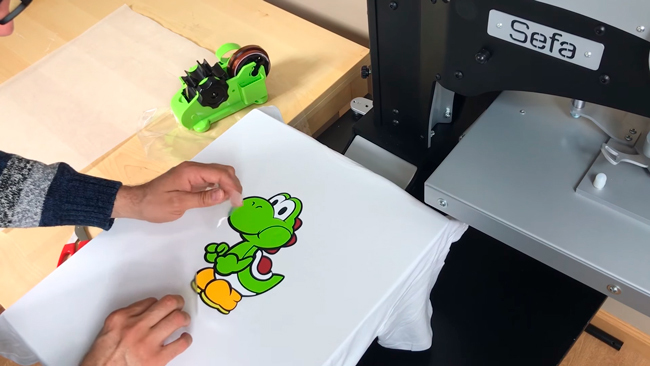
Colour-migration problems
Another common problem with HTV is colour migration, which happens when garment dyes migrate to the vinyl. This usually happens when you apply white HTV onto dark polyester or low-quality dark cotton t-shirts. The white of the design/letters turns grey. The black dye of the garment is activated by the heat of the heat press and migrates to the vinyl. In this case, we offer 2 solutions:
- Use another t-shirt: The problem usually happens with dyed or sublimated polyester t-shirts because the heat of the press reactivates the inks. Low-quality cotton t-shirts are also problematic. Use high-quality t-shirts.
- If you are forced to use a T-shirt that presents the problems indicated above, you can use anti-sublimation HTV that provides a more consistent texture, avoiding colour migration. Because colour options for this vinyl are limited, if you can’t find the colour you need, you can apply another layer of vinyl to get more opacity.

HTV cutting problems
Heat transfer vinyl is usually very thin, smooth and easy to cut. If your vinyl cutter has problems cutting it, it may be that:
- The vinyl hasn’t been inserted correctly into the machine: most HTV sheets have their liners facing outwards. The sheet must be placed face up in order to cut the vinyl. If you do it the other way around, you would be cutting the liner (which is thicker and rougher) and not your HTV. If it’s the first time you’re applying vinyl, you’ve selected the right cutting force, and the machine cannot cut it correctly, turn the flex sheet over because you might be cutting it on the wrong side.
- You’re not using the right blade: Most HTV can be cut with a standard 45º blade. But thicker vinyl or with a higher density requires a 60º blade, for example, flock HTV.
- The blade is worn: Blades wear and tear with every cut. If you mainly cut polyurethane vinyl, the blades will last longer. However, if you cut thicker vinyl such as Glitter HTV, you’ll have to change your blade more often.

If you’re having problems weeding, no doubt that it’s a cutting problem, and it may be that:
- You haven’t cut enough. You’ve probably managed to cut the vinyl layer but not the adhesive one.
- With too much pressure, you might cut the vinyl, the adhesive and the liner and will probably end up removing the liner when tossing the excess vinyl.
To avoid these problems, we recommend carrying out some cutting tests and weeding the excess vinyl before launching the final project.

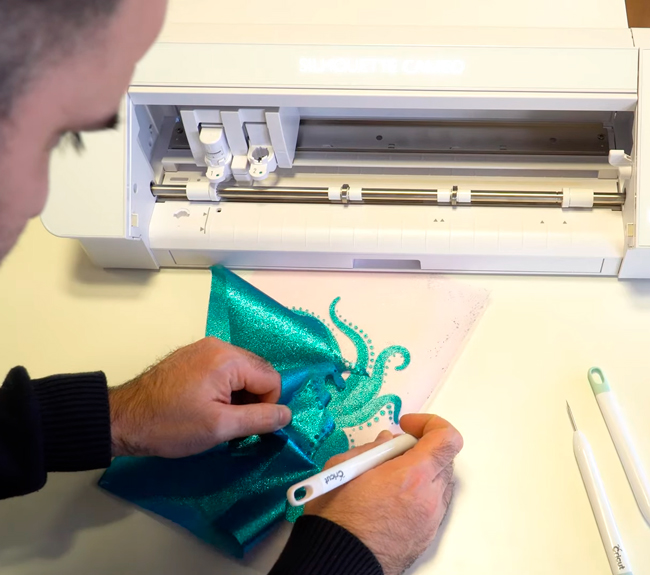
Here are our tips to help you solve your issues with HTV and help you apply it with optimal results. If you experience any other problem or have doubts about this technique, don’t hesitate to contact our Customer Support department.
Don’t miss any tips, and keep up to date with the latest personalisation ideas we offer by subscribing to our Blog and our YouTube channel.
See you soon!
-
very informative.Tell me with which type of vinyl ,do I use transfers paper?
WE WANT TO KNOW WHAT YOU THINK
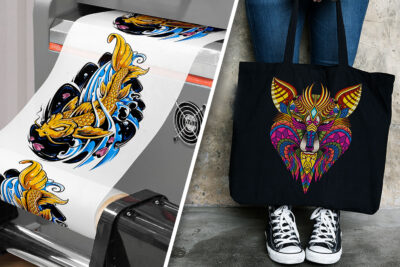
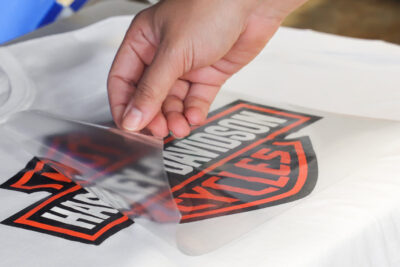
You may also like